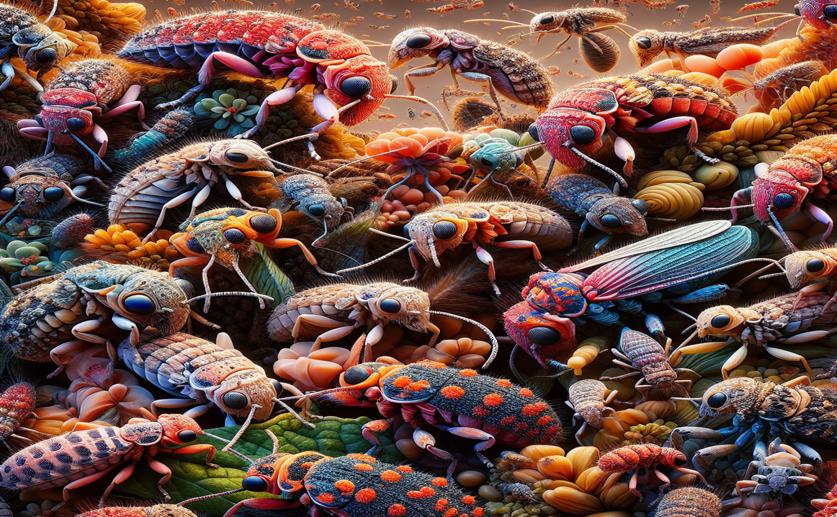
Discovering 20 New Species of Leaf-Eating Thrips in Australia
Phil Stevens
13th December, 2023

Image Source: Natural Science News, 2023
References
Main Study
1) Structural diversity among the leaf-feeding thrips of Australia in the genus Teuchothrips (Thysanoptera, Phlaeothripinae) with 20 new species.
Published 13th December, 2023
https://doi.org/10.11646/zootaxa.5383.4.2



 5th January, 2024 | David Palenski
5th January, 2024 | David Palenski